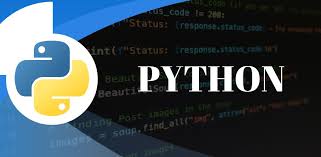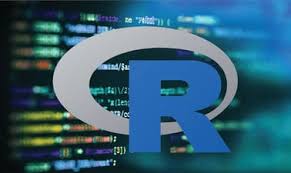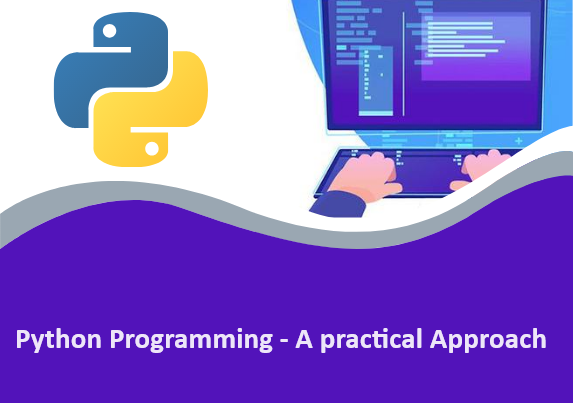Description
About the course
Professor Rajat Mittal, a faculty from the Department of Computer Science and Engineering at the Indian Institute of Technology, Kanpur has designed this course from the bottom up approach keeping in mind that you are a beginner. In this course, you will learn to solve problems with the help of a computer. You will also understand the working of a computer and learn to create your own programs. You will learn about algorithms and flowcharts and their use in solving problems. Moreover, you will also learn to write the GCD algorithm followed by writing the program for the same algorithm. You will also learn about the programming cycle which includes writing the program, compiling and executing it.
After that, you will learn about data types, variables, and identifiers in C, how to declare and initialize them and then the assignment statement. Then you will learn about the main function, printf and scanf function, different types of operators and their precedence. You will then learn about the conditional statements which are if-else, nested if and then switch-case statement. Next, you will learn about loops which are while loop, do-while loop and for loop along with ternary operators, variable scope, break and continue statements in C. In addition to this, you will also learn about functions, how to call a function in C, which is an important part of C programming. Then will learn about one dimensional and two-dimensional arrays and Strings in C. After that, you will learn about recursion which is yet another concept to solve some logical problems in C and in other languages. Next, you will be introduced to the concept of pointers which forms the backbone of memory allocation mechanism in C and then, you will learn about sorting, structures, data structures and file handling in C.
Learning Outcomes
After completing this course, you will be able to:
- Understand the basics of computing and programming.
- Understand the programming methodologies and write your own programs for different problems.
- Boost your hireability through innovative and independent learning.
- Get a certificate on successful completion of the course.
Target Audience
The course can be taken by:
Students: All students who are pursuing professional graduate/post-graduate courses related to computer science and engineering or data science.
Teachers/Faculties: All computer science and engineering teachers/faculties.
Professionals: All working professionals from computer science / IT / Data Science domain.
Why learn Computing using C?
Computing is any activity that uses computers to manage and process information, communicate and entertain. Computing is a critically important, integral component of modern industrial technology. Major computing disciplines include computer engineering, software engineering, computer science, information systems, and information technology. Computers are almost required in every field, and therefore it is necessary for you to learn to compute to make your work easy. Learning to write programs in C is very necessary for you to develop problem-solving and logical skills. C Language is one of the most basic programming languages which is taught in almost every college and universities which are offering technical and professional courses. C is the widely used language for embedded devices. You can find C in almost all embedded devices ranging from T.V’s to Car’s.
Course Features
- 24X7 Access: You can view lectures as per your own convenience.
- Online lectures: 16 hours of online lectures with high-quality videos.
- Updated Quality content: Content is latest and gets updated regularly to meet the current industry demands.
Test Evaluation
There will be a final test containing a set of multiple choice questions. Your evaluation will include the scores achieved in the final test.
Certification
Certification requires you to complete the final test. Your certificate will be generated online after successful completion of course.
Topics to be covered
- Module-01 Types and Expressions
- Overview of programming Part-1
- Overview of programming Part-2
- Overview of programming Part-3
- Types - Part-1
- Types - Part-2
- Input-Output Part-1
- Input-Output Part-2
- Input-Output Part-3
- Module-02 Operators and Expressions
- Operators and Types
- Operator Precedence and Operations on Chars
- Conditional Expressions
- Conditional Statements-1
- Conditional Statements-2
- Conditional Statements-3
- Switch Statement
- Short Circuit Evaluation
- Module-03 Short Circuit Evaluation
- While loop
- While loop Example
- Do-While loop
- For Loop
- Overflow
- Nested Loops
- Assignment and Ternary Operators
- The scope of a variable in C
- Break and Continue Statements
- Module-04 Function
- Function
- Arguments
- Function Calls
- Function Evaluation
- Scope
- Global and Static Variables
- Module-05 Arrays
- Arrays Basics
- Arrays Example
- Arrays and Parameter Passing - Part 1
- Arrays and Parameter Passing - Part 2
- Arrays and Parameter Passing - Part 3
- Arrays and Parameter Passing-Example
- Arrays-Example
- Module-06 String
- String Basics
- String Cont.
- String Functions
- Recap + Problem Solving -1
- Recap + Problem Solving -2
- Revisiting Functions
- Module-07 Multidimensional Array Parameters and Array of Strings
- Introduction to Multidimensional Array
- Dynamic Programming
- Multidimensional Array Parameters and Array of Strings
- Module-08 Recursion
- Recursion: Introduction
- Recursion: Example
- Recursion: Time Analysis
- Binary Search
- Recursion - Binary Search
- Recursion - Fibonacci Numbers
- Recursion - Tower of Hanoi
- Module-09 Pointers
- Pointers: Introduction
- Pointers: Example
- Pointers: Visual Representation
- Pointers: Static vs Dynamic memory allocation
- Pointers: Pointers to Pointers
- Pointer: An example of a Pointer to Pointer
- Dynamic Multi-Dimensional Arrays
- Module-10 Sorting
- Sorting-Introduction
- Selection Sort
- Merge Sort
- Quick Sort
- Module-11 Structures
- Enumeration and structure
- Structures and Pointers
- Data Structures Part 1: Passing structures as function arguments
- Data Structures Part 2: Implementing a stack in C
- Linked Lists
- Singly and Doubly Linked Lists
- Module-12 Data Structures and File Handling
- Stacks and Queues using Linked Lists
- Circular Linked Lists and Binary Trees
- Editors, Command Line and IDEs
- File System in Linux
- Command Line Arguments in C
- File Handling In C- Part 1
- File Handling In C- Part 2
- Learn Computing using C - Final Quiz





Reviews
There are no reviews yet.